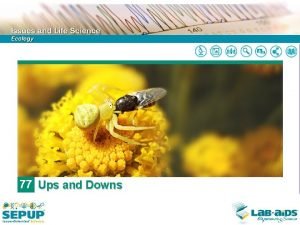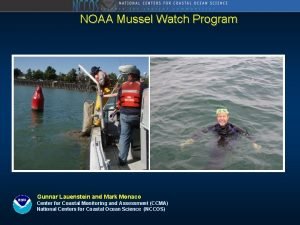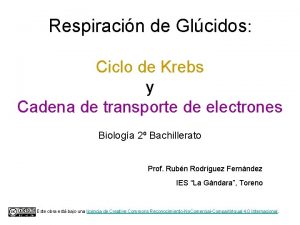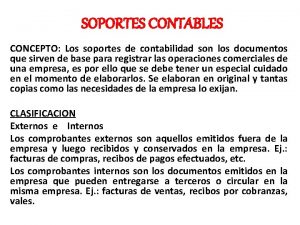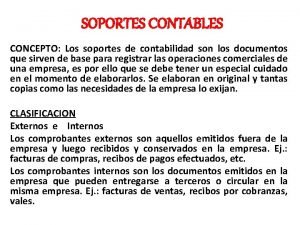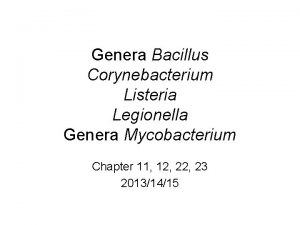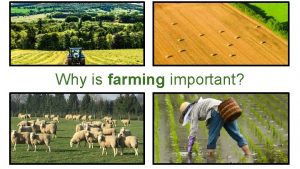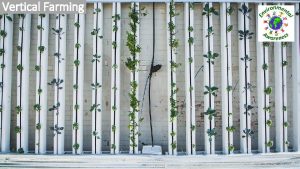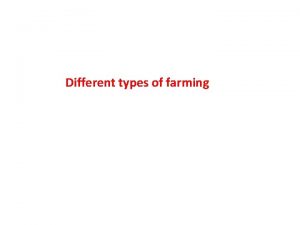MUSSEL FARMING MUSSEL FARMING The important genera are










- Slides: 10

MUSSEL FARMING

MUSSEL FARMING • The important genera -are Mytilus and Perna • The major mussel producing countries - Spain, the Netherlands, France and Italy • The species cultured : Mytilus edulis – the Netherlands, France and Spain Mytilus galoprovincialis – Italy, Yugoslavia and Russia Mytilus smaragdinus = Perna viridis – the Philippines. Mytilus edulis Mytilus galoprovincialis Mytilus smaragdinus

Life History • Mussels - filter feed on phytoplankton and suspended organic matter • Reach sexual maturity in first year • Spawn with rising temperature in the temperate region and almost throughout the year in tropics • Sexes are separate, fertilization external

• Larvae pass through trochophore and veliger stage, both are planktonic • When they reach a shell length of 0. 25 to 0. 3 mm, after 10 -15 days, they attach to hard substratum such as rocks by means of byssus threads • They can detach and reattach to different substrates • They conglomerate and form thickly populated beds on rocks and other substratum mainly in the sub-tidal areas of the sea


Grow-out • CMFRI – farming of green mussel Perna viridis - raft culture method • Rafts - fabricated using wooden/bamboo poles tied together with nylon/coir ropes • The poles are treated with coal tar to enhance their life • Raft - 6 x 5 or 8 x 8 m

• Rafts mounted on 5 empty sealed drums of 200 L capacity, painted with anticorrosive paint • Wooden planks are fixed on the raft to provide for working space • Rafts are anchored in the protected areas of the sea using 3 iron anchors each weighing 100 kg at a depth ranging from 8 -10 m in the sea 1 -1. 5 Km way from the shore • Ropes with seed attached to them are suspended form the raft for growing to marketable size

Seed collection • Seeds - from natural mussel beds • Cleaned in seawater to remove mud and epifauna • Size of the seed ranges from 20 -30 mm • The seed are secured to nylon/coir ropes by enclosing them in a knitted cotton cloth of 25 cm with and stitching it around the rope • 500 to 700 juveniles are attached to each meter of the rope • Diameter of the coir rope - 20 -25 mm; nylon rope -14 mm • Lengths of the ropes - 5 -8 mm • Seeded ropes are attached 0. 5 to 1 m apart to the rafts suspended in the sea • Seed mussels get attached to the ropes by byssus threads in 2 -3 days and the cloth cover disintegrates in about 10 days

Growth and production • The seeded mussels grow to 36 g in 5 months • Each rope yield about 5. 1 -12. 3 Kg/m • 100 ropes of 6 m length in a raft of 8 x 8 m will yield 4800 Kg per raft assuming an average production of 8 Kg per m of the rope Management of rafts • Collected mussels should be seeded within 24 h. • Periodic inspection of rafts to detect leakage in floats, damage to rafts or ropes • Farm area should be demarcated with lights and flags to avoid damage by fishing boats. • Periodical cleaning and thinning of mussels to improve growth rates

Fouling organisms • Barnacles attach themselves to ropes and mussels with 30 days of seeding the ropes • More fouling takes place in the upper 2 m of the rope • Heavy fouling by a bivalve Mytilaster arculatula takes place in the months of November and December • Other fouling organisms are tubiculous polychaetes, Ascidians, Cnidarians and Bryozoans • Should be manually cleaned periodically Predation • Predation by fish Rhabdosargus sarba • Net enclosures around the rafts will eliminate predation. Fouling organisms Rhabdosargus sarba


